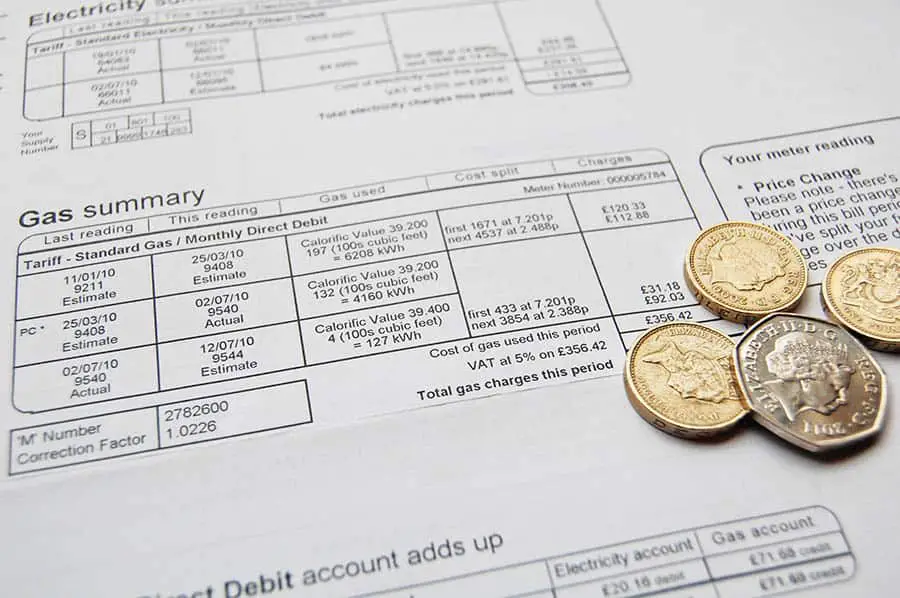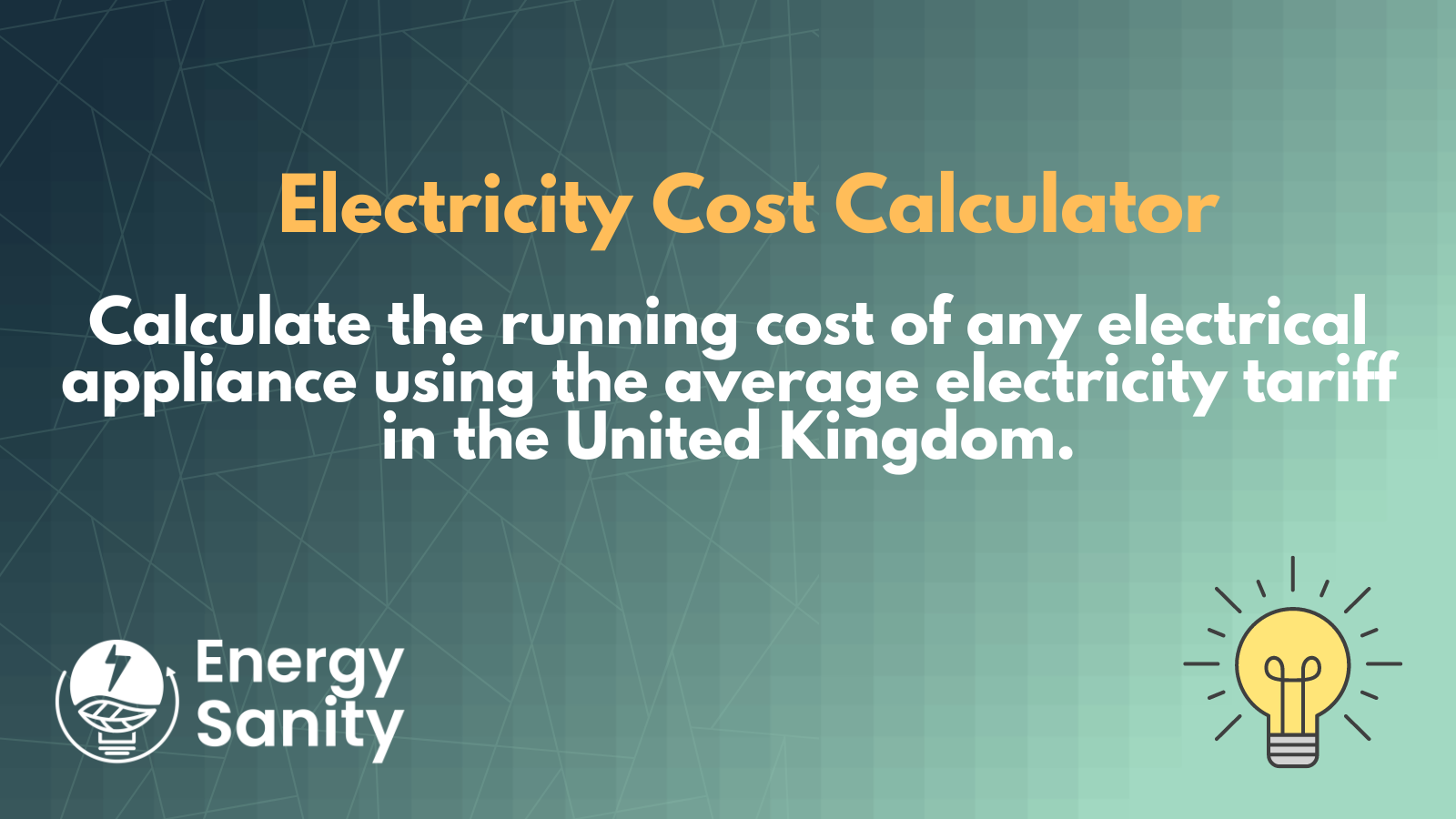If you’re moving into a new home or apartment, then you’re going to want to get all of your bills in order as soon as possible. Doing this can ensure that not only will you have your own bills in order, but it can also help to confirm that there’s no problems with the person living in the home before you.
Probably one of the first things you’ll want to get set up is your gas and electricity, as that’s many people’s biggest bill they have going out of their bank each month. So, if you’re just setting up your gas and electricity for the first time, then there’s nothing to worry about; here’s what you’re going to want to do.
Setting up gas and electricity for the first time
Step 1: Who’s currently supplying the energy?
Right, the first thing that you’re going to want to do when setting up energy in your new home is to find out who the current supplier is. If you have contact with the previous homeowners, then you should be able to get the provider off of them. Or, you can look on an old bill to see who’s currently providing energy to the home.

Obviously if you’ve moved into a new build, this may be a little different, but the development company will have already set you up with a company (probably British Gas, which is who a lot of developers like Taylor Wimpey use as standard) and likely with a new smart meter too. Many developers use the same firm for all their properties, but that doesn’t mean they’re going to be the best value on the market. So, it’s still worth looking on the market to see if you can find anything cheaper.
Once you’ve done this, you’ll want to find the meter in your home. If it’s a fairly new house it’ll be a smart meter, but there’s a chance it may not be. If you’re renting, you could also be on an older style of prepayment meter too, which may mean that you won’t have the option of going smart without speaking to your landlord.
Thank you for reading this post 🙌 - don't forget to take advantage of our New Free Tools: Electricity Cost Calculator and Energy Bill Calculator 👇
Energy Bill Calculator
Our Energy Bill Calculator is designed to help you estimate your electricity costs in the…
Electricity Cost Calculator
Do you want to know how much your electrical appliances are costing you every month?…
Step 2: Get a meter reading
As soon as you move into a new home, the first thing you’re going to wan tto do is get an accurate meter reading. If you have a smart meter system then this will be very easy, and if not, you’re going to have to do things manually.
Doing this will make sure that you’re only culpable for any bills moving forward, and not for any that’s already been accumulated. This is especially true if you’re a tenant, as it’s likely you’re going to have less control over your bills than they do. whilst you’re doing a reading of your meter, make sure that you get the MPRN (Meter Point Reference Number), as your new supplier may ask for this to identify it.
Step 3: Search for a supplier
You’ll want to do your due diligence before picking a new supplier to go with, as often certain companies are cheaper in different areas of the country. We usually recommend Bulb to our readers, as they offer a great balance of low cost & environmentally friendly, which is what most people are looking for.
You can also consider using a switching service who will do all of this for you with no questions asked. But taking some time to search the market is probably a good idea, and perhaps even asking who your neighbours are currently with too.
Step 4: Start the switching process
The good news is that in the modern day, most energy companies have signed up to something called the Energy Switch Guarantee. This is essentially an assurance that you’ll be switched over to them within just 21 days, and they take care of pretty much everything for you.
Not only this, but it also guarantees that there will be no downtime between the switch too, so there’s no days in-between where you’re stuck without gas and electricity. All of the big companies have signed up to this agreement, so you don’t have much to worry about here.
Conclusion
Thankfully, switching energy providers in 2021 is easier than it’s ever been. You can be fully switched over to your new provider within just 3 weeks, meaning you’re not stuck with the old supplier for very long. Plus, they do almost all of the leg work for you, so once you’ve picked a company and given them your details, generally you can just sit back and wait.


